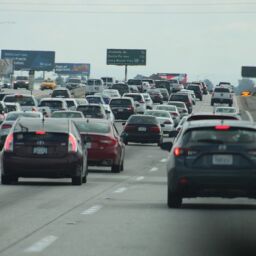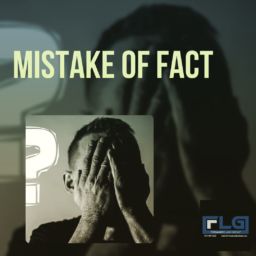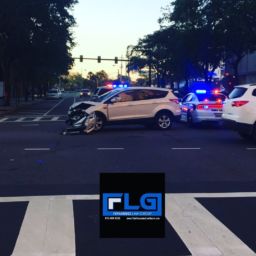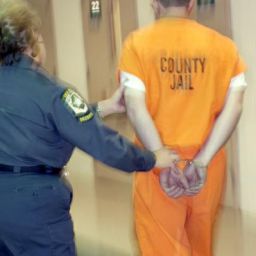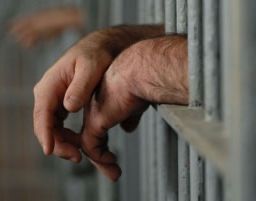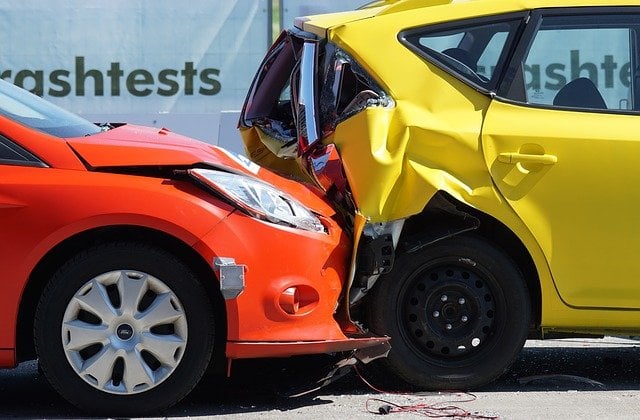

The majority of rear-end accidents often the fault of the tailing driver for not paying attention or something similar. In Tampa and the rest of Florida, the driver in the back is usually liable for any damages, and most of the time that is correct. However, the leading party can also be found liable in some cases.
To establish fault in Tampa rear-end collisions, a plaintiff has to prove the other driver was negligent in fulfilling their duty to exercise reasonable care when operating a motor vehicle and that injury or damages occurred as a result of that negligence.
The tailing driver can often be found negligent when they follow too closely or don’t leave enough distance between them and the car in front of them, making it difficult to avoid a rear-end collision when the leading car has to make a sudden stop. In many cases, drivers who rear end a vehicle might still be held partially responsible for the accident, even if the leading driver was also found responsible in part.
The leading driver can be held responsible in situations where they stop without warning, put the car into reverse suddenly, or if the driver’s brake lights are malfunctioning or not working. If a driver breaks down and fails to engage hazard lights, then becomes rear-ended, they will also likely be held responsible in part for the accident.
Florida is one of 13 states that follows comparative negligence, which assigns a percentage of fault to each party. The damages are then apportioned out accordingly. In other words, if someone is 95% at fault, they could still recover 5% of damages.



